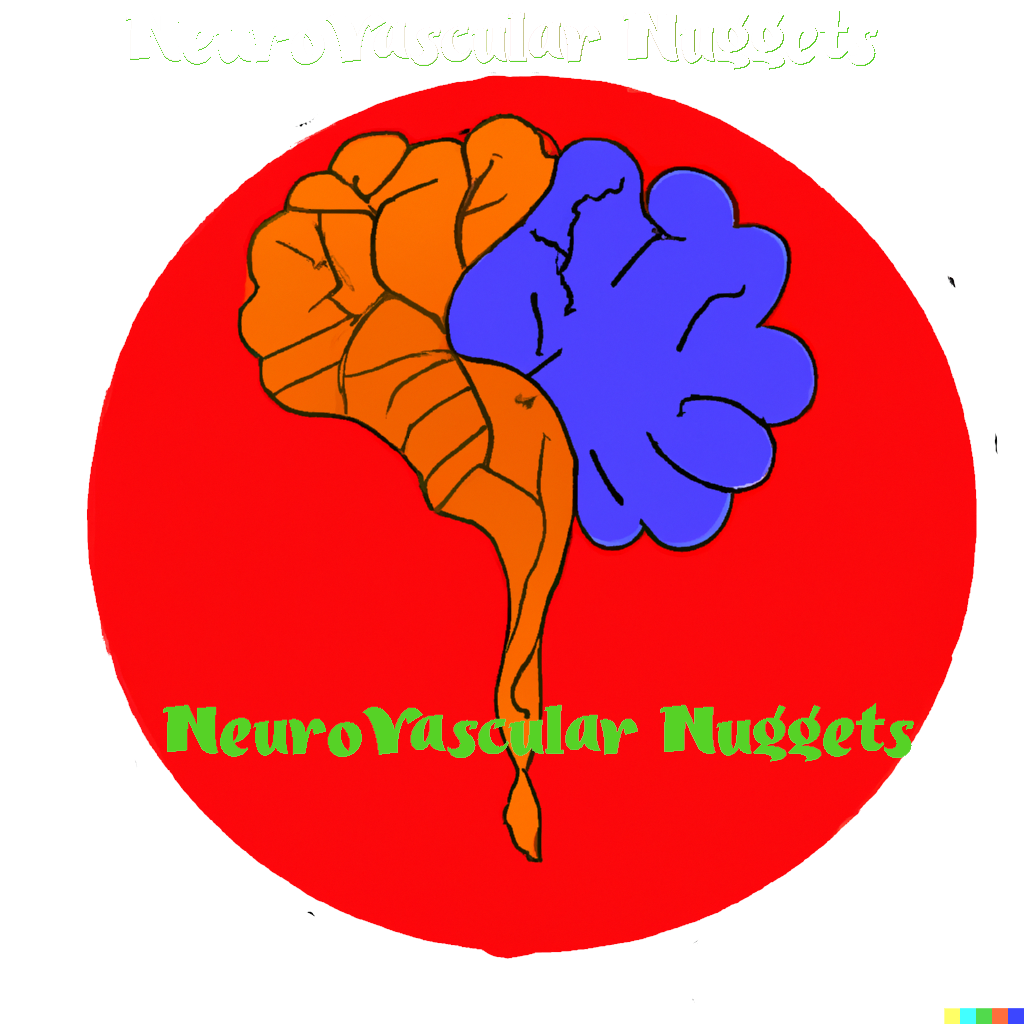This is very important review that provides a comprehensive summary of mechanical cervicocerebral circulatory disorders in children, with several key implications:
– It emphasizes that pediatric patterns differ substantially from adults for these conditions. For bow hunter’s syndrome, pediatric cases primarily involve the upper cervical spine (C1-C2) with vertebral artery dissection, while adults more commonly have lower cervical disease related to spondylosis.
– Recognition that bow hunter’s syndrome is a major cause of posterior circulation stroke in children is critically important. Appropriate diagnosis with catheter angiography and head rotations is needed to guide surgical management and prevent recurrence.
– The high rate of recurrent stroke with medical management alone found by Rollins et al (80% recurrence) highlights the need for definitive surgical treatment in pediatric bow hunter’s syndrome. This differs from the lower recurrence rates with medical therapy in adults.
– For Eagle’s syndrome, the review highlights that symptomatic internal carotid artery compression or dissection is very rare in children compared to adults. However, diagnosis with provocative vascular imaging and surgical treatment principles are similar.
– Growing evidence indicates symptomatic jugular venous compression can occur in children, causing headaches or cognitive issues. The entity is likely underdiagnosed currently.
– Dynamic venography showing reversible flow changes or elevated gradients with head positioning is key to definitively diagnosing jugular compression syndromes. This differs from traditional thinking that venous drainage should not be posture-dependent.
– The provided examples demonstrate how bony anatomical variants in children likely increase their risk for developing these disorders compared to adults. Recognition of high-risk anatomy on CT or MRI is important.
– The review emphasizes that catheter angiography remains the gold standard for diagnosis of these disorders, as it provides the best combination of dynamic information and anatomical detail with head provocation maneuvers.
Overall, the paper greatly improves understanding of how pediatric mechanical circulatory disturbances differ from adults. This will support prompt recognition and appropriate diagnosis and management in children presenting with concerning symptoms or posterior circulation events.
Read more at


